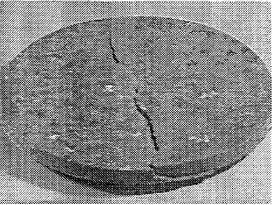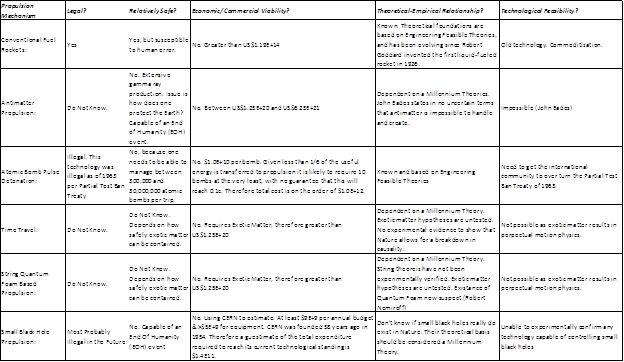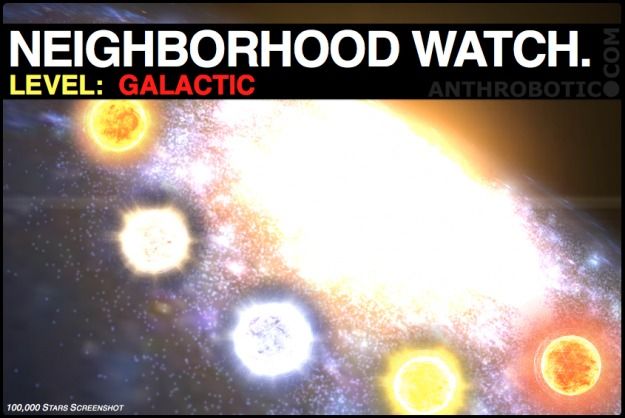Einstein Mining
Otto E. Rossler, Faculty of Science, University of Tubingen, Germany
The young Einstein was the most fertile scientific mind of history. He first saw the observer-private nature of simultaneity, a consequence of the global constancy of the speed of light c valid in Maxwell’s equation. He then spotted the twin miracle (“paradox”): that a returned twin clock is younger than its stay-put sibling. The transversal Doppler effect described in the same 1905 paper was equally new. At the end of this miraculous year stood the improved Weber law (E exactly equal m times c-square) destined to become tragically consequential when Lise Meitner would recall its strength 34 years into the future. Two years after the miraculous year, there followed Einstein’s biggest discovery in the present author’s mind: the gravitational clock slowdown near the bottom of a constantly accelerating rocketship compared to a twin clock in its tip. It implies a second twin paradox (spending time downstairs lets you stay younger in Alan Lightman’s phrase).
This bundle of subsequently observationally confirmed predicted effects is an eternal heritage. Maxwell’s advice: go back to the origin of an already discovered gold vein since it is there that others inevitably originate is still valid. This is the excuse for the new notion of “Einstein mining.”
Specifically, the idea put forward here is that the clock slowdown on the lower floor – the gravitational twin paradox – stands not alone. This triggers the following naïve question: What happens to angular-momentum conservation when all processes are slowed-down downstairs? In special relativity, angular momentum is known to be conserved. So it must be conserved near the bottom of Einstein’s constantly accelerated rocketship which is described by special relativity alone, and then by analogy also on a lower floor in gravity.
This apparently new question is not hard to check. A horizontally rotating frictionless bicycle wheel (a massive ring with a fixed hub in the middle) can be suspended from a torque-free thread that is attached to its hub, allowing in this way to be lowered and hauled-up again inside the accelerating rocketship (or in gravity in Lewin’s lecture hall). What happens if angular momentum is conserved in the slowed-down wheel downstairs?
This is a typical “thought experiment with consequences” in the Einstein fashion. Please, lower the wheel carefully and haul it up again equally carefully. Then we know that a number of rotational ticks will have been skipped in the past of our retrieved wheel-clock. However, what happened to angular momentum in the meantime at the reduced rotation speed downstairs? How was it conserved since the ticking speed and hence angular momentum must be the same again after the hauling-up procedure as Einstein showed for any type of clock? Thus, angular momentum is bound to have been conserved all the way down and up again by our rotational clock in spite of the intervening reduced rotation rate that was in charge downstairs. If the rotation speed was reduced while angular momentum was conserved, something else is bound to have changed downstairs to make up for the change in rotation rate. Otherwise, angular momentum could not have been conserved continually.
Fortunately, angular momentum J happens to be determined by very few factors apart from the rotation rate omega itself, in our horizontally rotating bicycle wheel. It is only two factors: radius and mass. The formula reads at low speeds which suffice for the purpose:
J = constant = omega times radius-squared times mass (1)
Here omega is the rotation rate which as we saw is reduced downstairs. What is it that you are going to bet for the remaining two factors, mass and radius? There are 4 linear factors standing on the right hand side (omega, radius, radius, mass) the product of which is constant if angular momentum J is to be preserved.
Any combined change law of the mass and the radius which is able to compensate for the change in omega is a candidate. This includes the possibility that one of the two variables, radius and mass, stays unchanged (for example, mass). Simplicity calls for linearity (proportionality or anti-proportionality) regarding either of the two (size and mass). If size goes up in direct proportion with omega and mass goes down by the same factor, J is also conserved downstairs. Does this simplest – since linear – case make any sense? It makes physical sense for an independent reason due to Einstein. He showed in 1907 that the energy of a locally emitted photon is reduced downstairs in parallel to the reduction in the ticking (here rotation) rate. Quantum mechanics subsequently showed that the mass-energy of the photon can be locally transformed into an ordinary particle of the same rest-mass energy in principle and vice versa. Positronium is a case in point. Picture one of those familiar “PET” machines to be operating downstairs. Thus the masses of all particles that are locally at rest downstairs are reduced in parallel with the ticking rate.
This finishes our foray into the mind of Einstein. We were able to extract one more feature from his most important finding, gravitational time dilation. Diameters (radii, lengths) go up in proportion, while masses go down. And – as the example of positronium annihilation shows in addition – charge goes down along with the rest mass since the two keep their ratio locally on every particle. The so obtained final result (omega down, r up, r up, m down, q down) can be remembered by the acronym “Olemach” since omega O, length L, mass M and charge Ch are involved.
This is the strength of angular-momentum conservation when entered into Einstein’s gravitational time dilation. Who would have thought that such a simple deep result is still possible? The consequences are staggering as usual with Einstein (black holes acquire totally new features, for example). But this is not our topic. We are happy to have found another implication of Einstein’s mind.
I thank Ali Sanayei for a discussion. For J.O.R.



